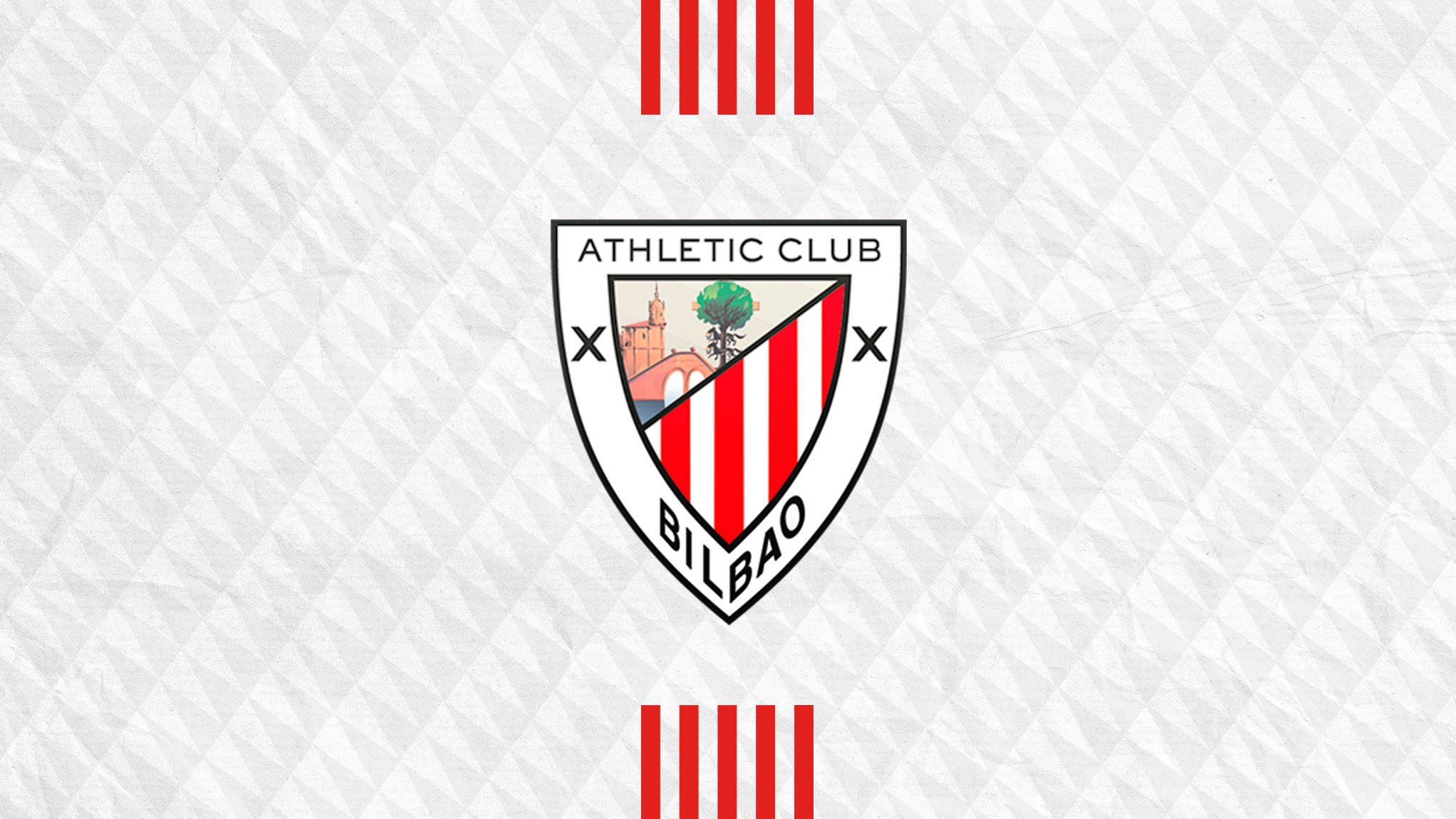Biscay’s Compost, in San Mamés
A total of 300 tons of compost generated from remains originating from gardening, bio-residue from…
A total of 300 tons of compost generated from remains originating from gardening, bio-residue from supermarkets and the selective collection of the organic fraction of urban waste through the 5º customized container system, will be the sustenance of the San Mamés Barria turf.
Throughout the month of August and during three weeks some twenty lorries will transfer 300 tons of compost from the Compost Facility located in the Arraiz Mountain Ecopark (next to the Mechanical-Biological Waste Management Plant and the Zabalgarbi Energy Recovery Plant) to the new San Mamés football ground. Once there, the compost will be mixed with sand creating the base where the natural turf of San Mamés Barria will be laid.
The use of Biscayan compost so much in gardening as in the new San Mamés ground, although peculiar, is yet another example of the global waste management strategy. The Regional Government of Biscay establishes a goal for the year 2016 to destine 4% of the primary waste generated in Biscay toward compost. Certified last week were the analyses that confirm that the 300 tons of compost meet the standards and are apt for use in parks and gardens and consequently in facilities that precise similar drainage. The compost that will serve as sustenance for the San Mamés turf is the result of a four-month long process.
